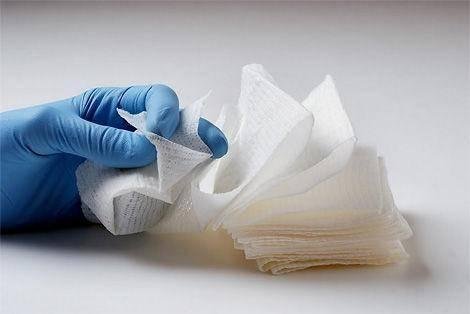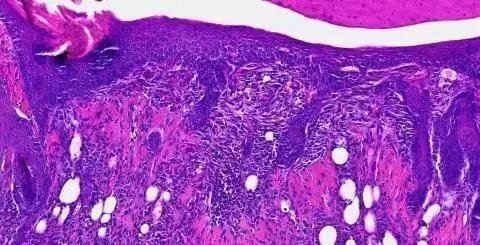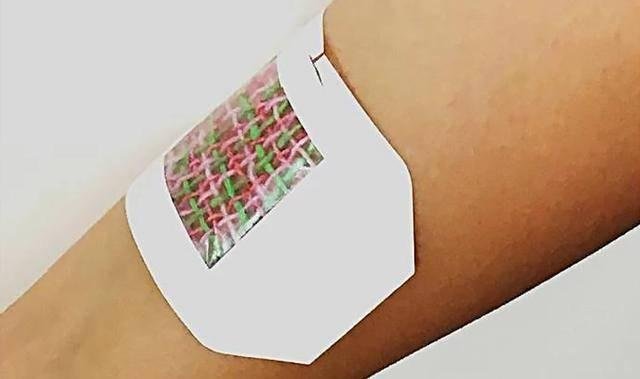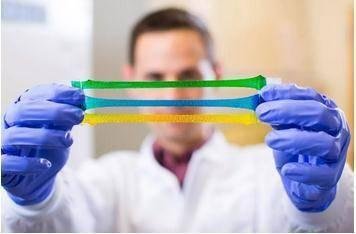What if the skin breaks? Although people have the ability to heal themselves, it is still too slow to raise them, but some scientists are trying to create a new way. Researchers at Harvard University have developed two new types of wound dressings for nanofibers that can be used to make bandages that speed up the healing process and improve tissue regeneration. According to the published paper, the new bandage is used to promote healing by using proteins found naturally in plants and animals.

In these papers, two new types of fibrous materials have been developed, designed specifically for the application of regenerative medicine. One is by contains several human peptide content of soybean protein production, has played a key role in regulating the wound closure, and the other one is made by the protein called fibronectin, this protein is considered to play a key role in the regeneration.

Although both materials have been studied in the past, it is the first time that they have been used to produce nanofibers, because scientists have shown that it can mimic the structure of human skin. In the experiment, the researchers found that using soy and cellulose dressings, compared to non-soy protein dressings, cut healing time by 72 percent. At the same time, the fibrous binding protein was used to repair 84 percent of the damaged tissue in 20 days. If standard dressings were used, the repair rate was only 55.6%.


Both wound dressings have their own advantages, and fibronectin dressings enable the tissue to recover and even promote the regeneration of hair follicles. In contrast, the wound healing properties of cellulose soybean dressing decreased slightly, but the production cost was lower. Currently, researchers are studying the second generation of wound dressings, hoping to continue to improve their reproductive performance and reduce production costs.

The technique was so successful in mice that it was soon put into human trials.
From: